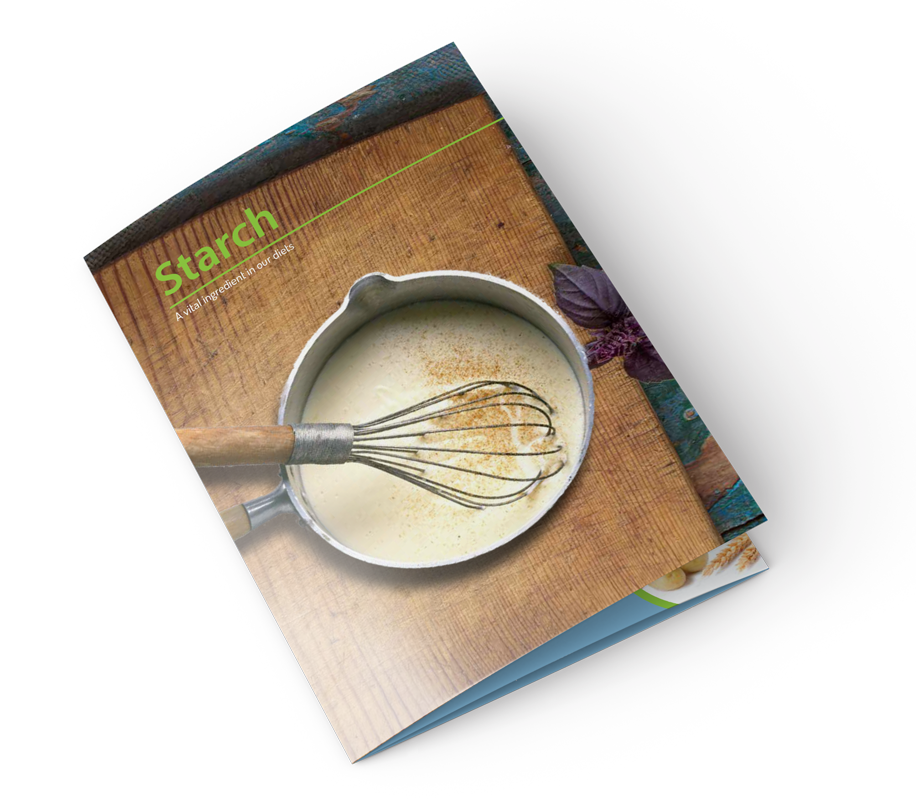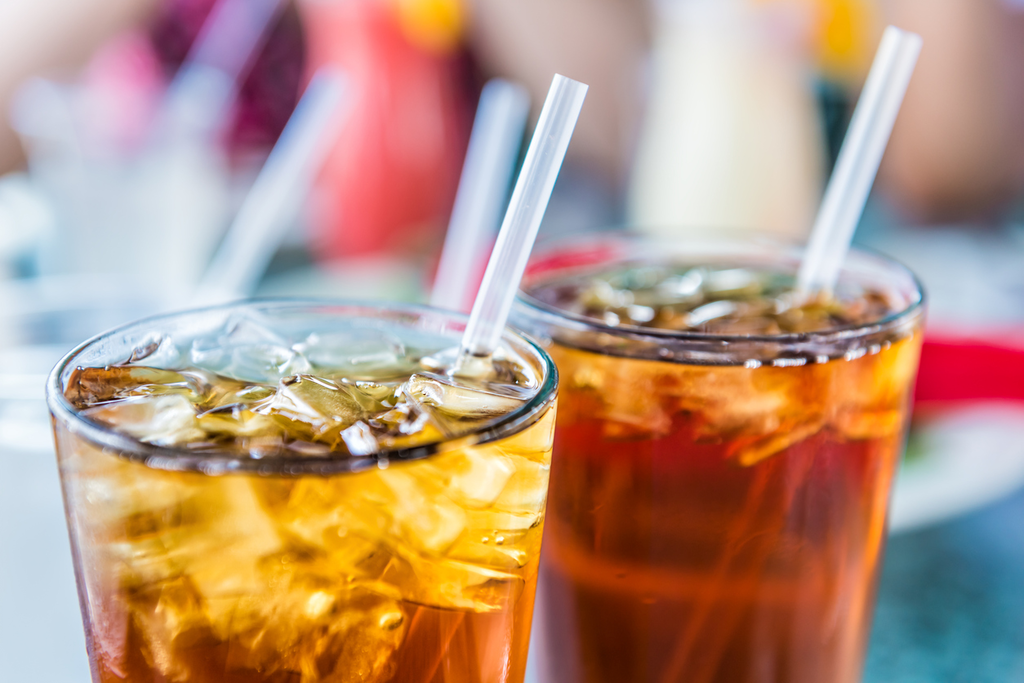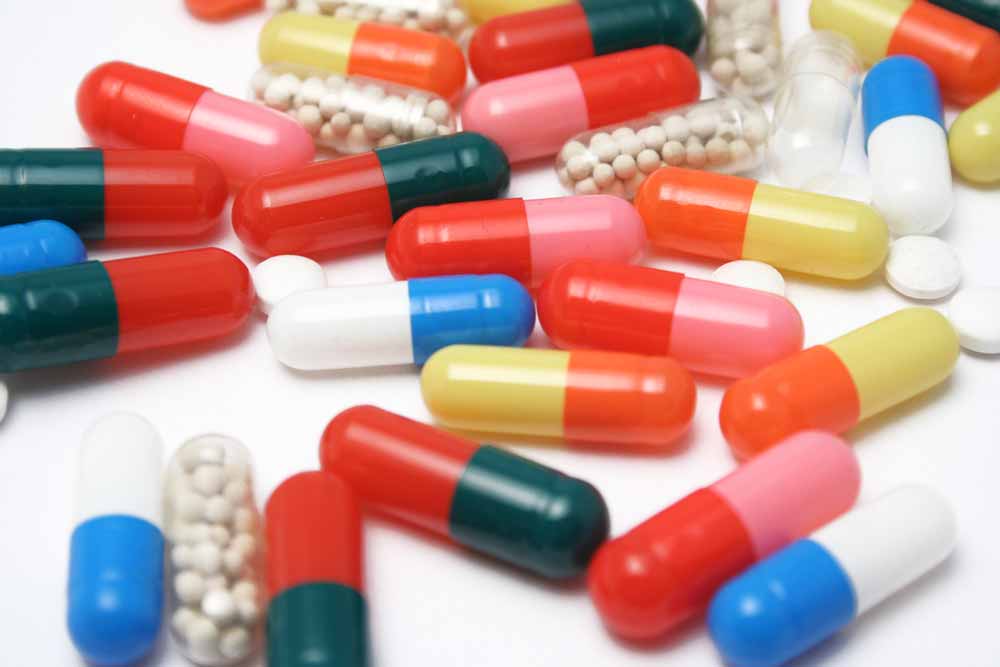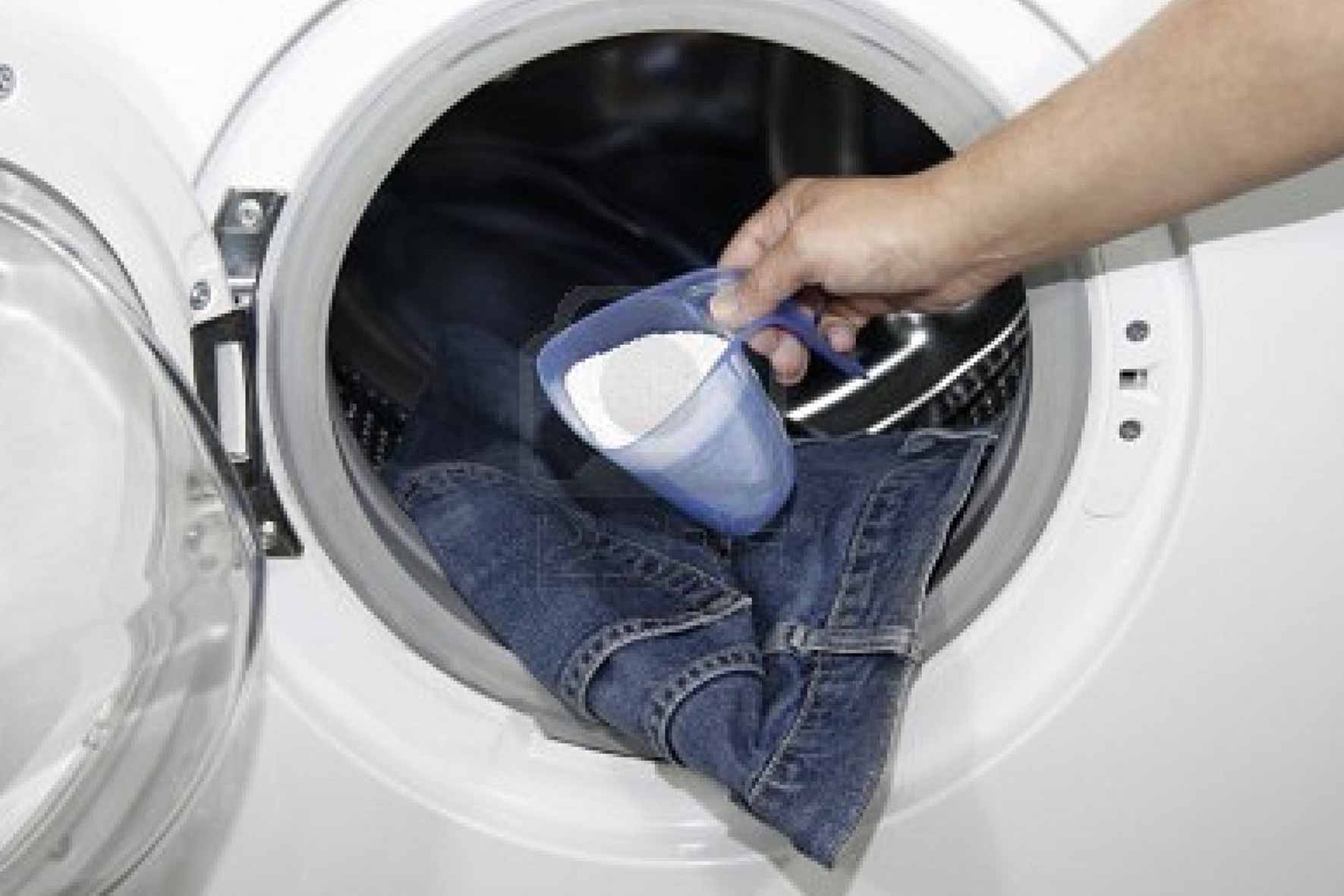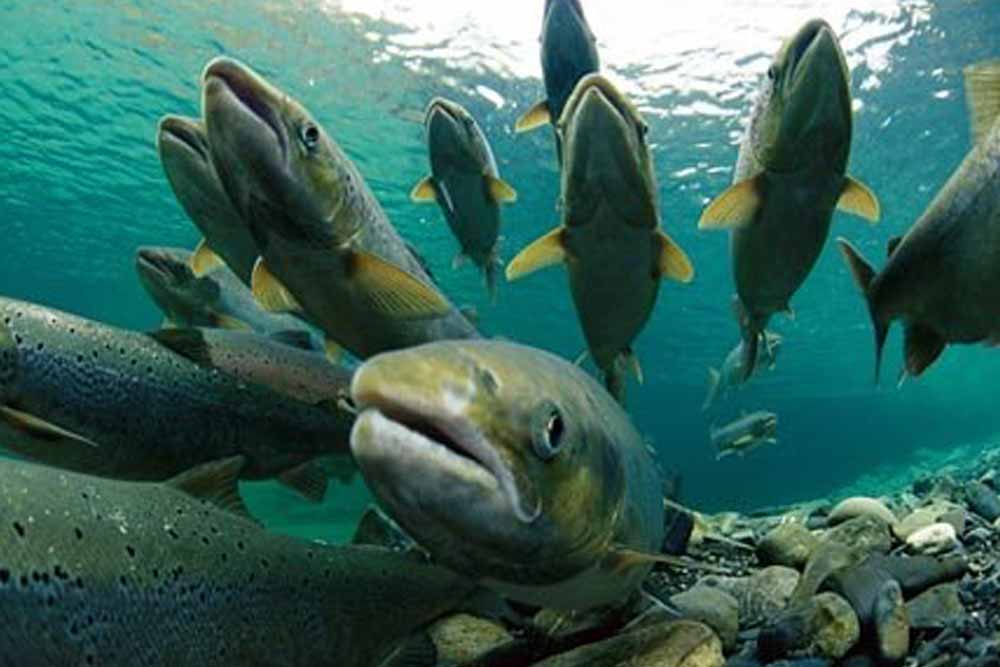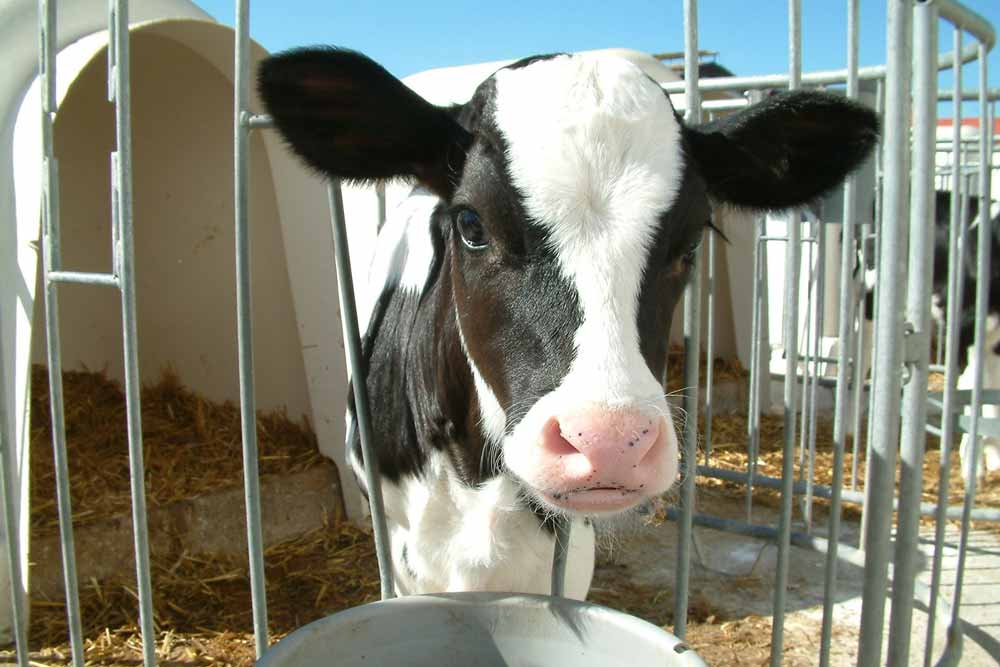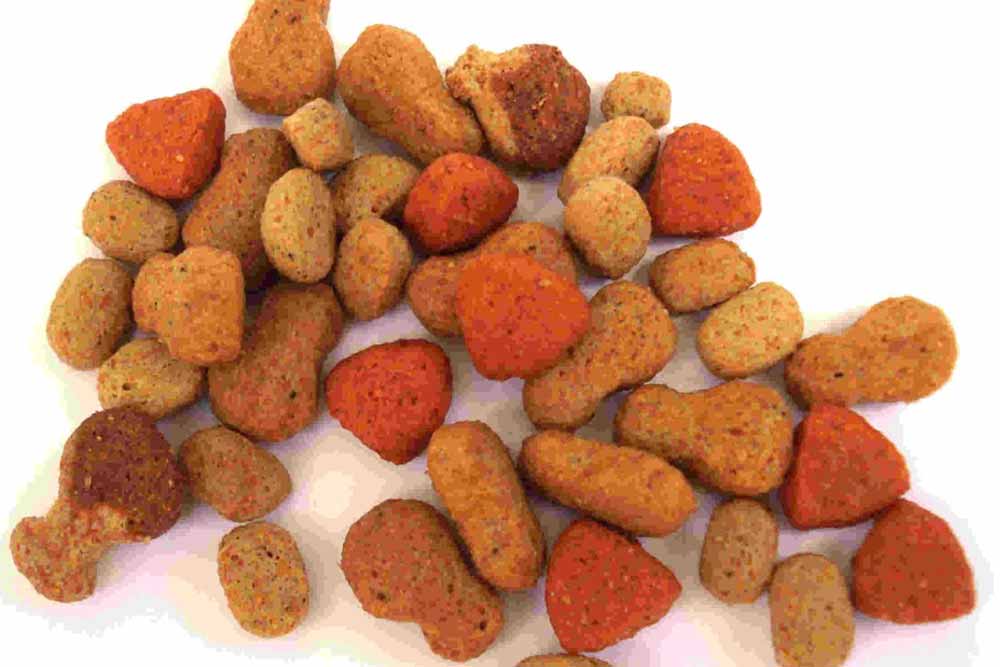What are Modified Starches?
Modified starches are plant-based ingredients/additives used in food, derived from cereals (maize and wheat) and tubers (potatoes). They belong to the Carbohydrates family.
Modified starches are based on starch extracted from grains and vegetables, such as wheat, maize, potatoes. This starch has subsequently been improved to develop specific characteristics, such as the ability to bring texture and structure to the food to which they are added. Depending on the process, starches can get specific functionalities that are beneficial for example in certain food preparation techniques.
Native starches are perfectly suited to a wide variety of applications, food or non-food, where their properties remain irreplaceable. Very early however, it appeared necessary, in some cases, to improve the performance of the starch and to respond to the needs of customers, giving other improved functionality or behaviour: solubility with cold water, more stable viscosity with the variations of temperature, hot fluidity, better stability, etc.
The first modified starch dates from the 19th century and other modified starches were since then developed, often in partnership with customer industries, which sought to make starches compatible with their industrial processes. In the food area, the principal modifications aim at adapting the starch to the technological constraints resulting for example from cooking, freezing/thawing, canning or sterilisation and to make them compatible with a modern food (microwavable, instant preparations, ultra high temperatures and so on). One of the objectives common to the majority of these transformations is to limit the natural tendency of starch to be retrograde. During the cooking of soup for example, the native starch is hydrated in contact with water. The starch granules expand and the “viscosity” of the solution increases giving it a particular texture.
“Modified” does not mean genetically modified. The agricultural raw materials used in starch production in Europe are conventional non-GMO.
Twelve modified starches are authorised as food additives in the EU and are labelled either by their specific names or by their E-number on the ingredient list. As with any additives used in food in Europe, they have undergone rigorous testing by the European Food Safety Agency (EFSA) – most recently in 2017- and their use in food and beverages is regulated under Regulation (EC) 1333/2008 on food additives.
Main technical
modifications:

